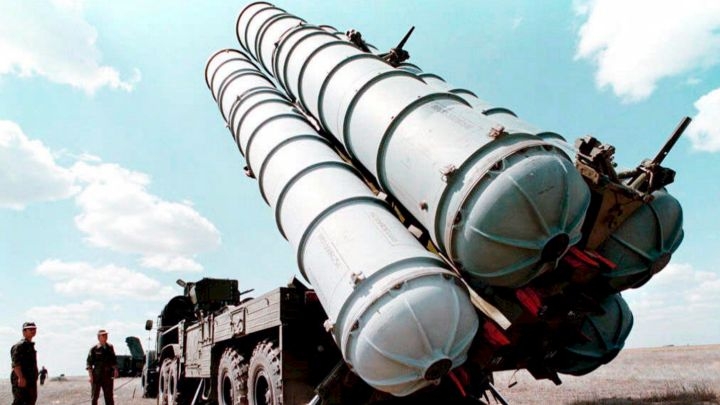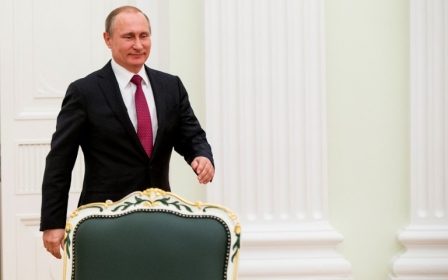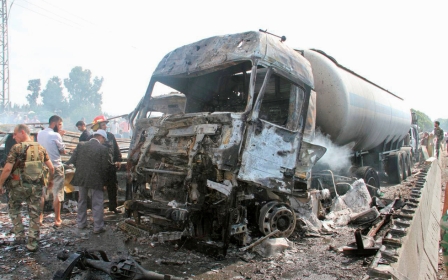Russia confirms it has sent S-300 air defence system to Syria

Moscow confirmed on Tuesday that it has sent an S-300 missile system to its naval facility in the Syrian city of Tartus, in a move it says is meant to bolster its security.
"The S-300 anti-aircraft missile system has indeed been sent to the Syrian Arab Republic," Russian defence ministry spokesman Igor Konashenkov said in a statement.
Pentagon spokesman Peter Cook said the Russian missile system would not affect operations in the US-led air campaign against the Islamic State group in northern Syria, and questioned why Moscow was making the move.
"Last I checked, the Russians said that their primary goal was to fight extremism, ISIL and Nusra, in Syria," he said, referring to IS and another group formerly known as Al-Nusra Front.
"Neither one has an air force... So this is something we'll watch carefully. But it should be clear to the Russians and everybody else operating in Syria how seriously we take the safety of our air crews."
The S-300 anti-missile and anti-aircraft system is a surface-to-air missile that has a range of up to 150 miles. It is also sometimes referred to by NATO as the SA-23 Gladiator missile system.
The missiles were first deployed by the Soviet Union in 1979, and is designed to protect military bases from aerial attacks.
Moscow's decision to send the heavy duty missile system comes a day after Washington suspended cooperation with them, citing Russia's non-compliance with the Syrian ceasefire agreement.
The deployment of the missile system also comes as 10,000 Shia fighters are massing on the outskirts of rebel-held east Aleppo.
American media had reported that Russia sent the S-300 system to Syria over the weekend.
Tartus was attacked by suicide bombers last month, and the city houses Russia's only naval base in the Middle East.
New MEE newsletter: Jerusalem Dispatch
Sign up to get the latest insights and analysis on Israel-Palestine, alongside Turkey Unpacked and other MEE newsletters
Middle East Eye delivers independent and unrivalled coverage and analysis of the Middle East, North Africa and beyond. To learn more about republishing this content and the associated fees, please fill out this form. More about MEE can be found here.




